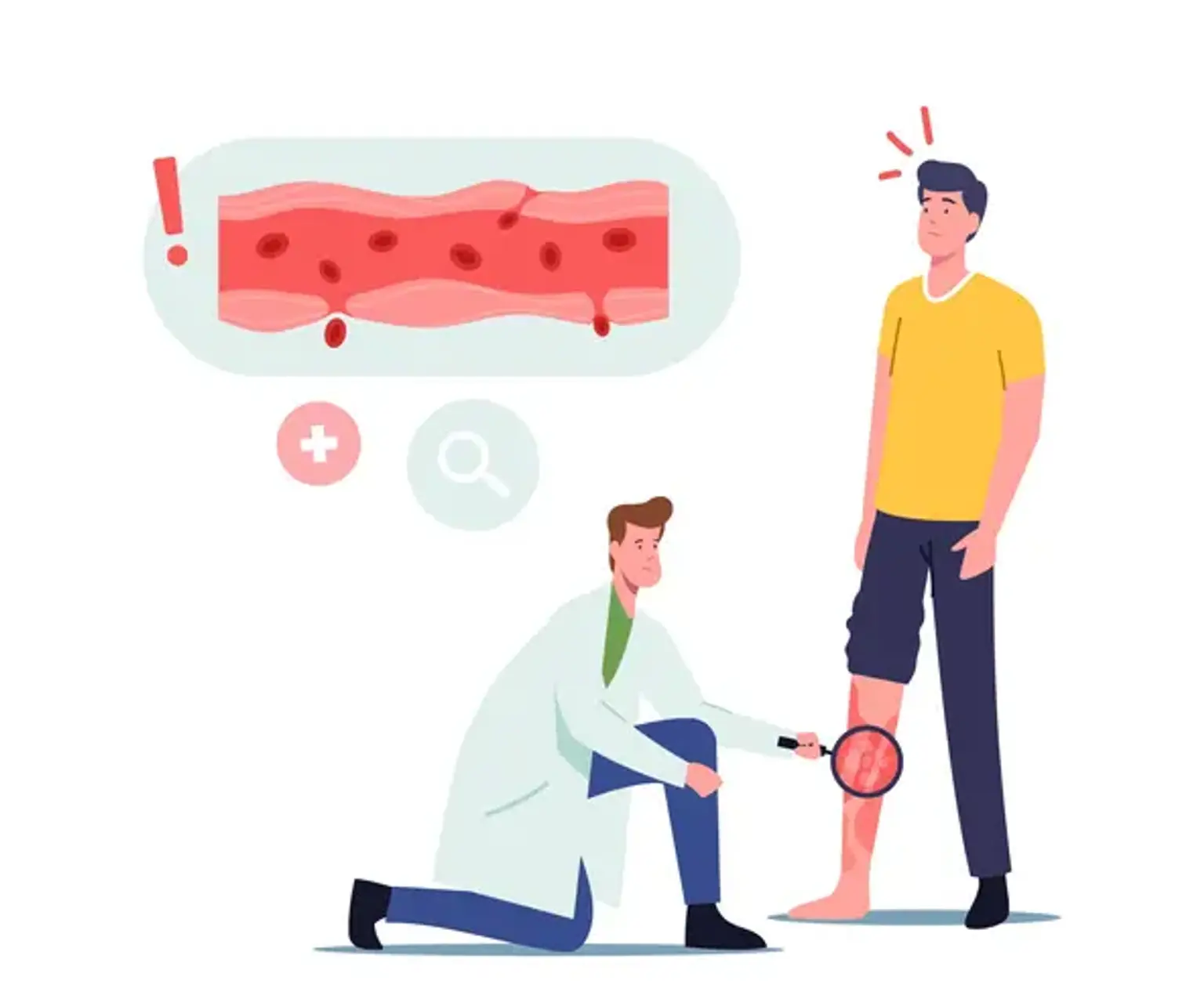Introduction
Cutaneous vasculitis, also known as skin vasculitis, is a condition characterized by inflammation of the small blood vessels in the skin. This inflammation can cause various skin symptoms, including rashes, ulcers, and red or purple spots. While it is often localized to the skin, in some cases, it may indicate a more systemic vasculitic disorder affecting internal organs.
Vasculitis can develop due to infections, autoimmune conditions, medications, or unknown causes. Proper diagnosis and treatment are crucial to prevent complications and manage symptoms effectively. Understanding the condition’s symptoms, causes, and care strategies can help patients and healthcare providers approach treatment effectively.
Treatment and Management of Cutaneous Vasculitis
The treatment of cutaneous vasculitis depends on the severity of the symptoms and the underlying cause. For mild cases, supportive care and lifestyle changes may be sufficient, while severe cases may require systemic medications.
A. General Management Strategies
For most patients, basic self-care measures can help manage symptoms and prevent complications:
Rest and Elevation: Keeping the affected limbs elevated can help reduce swelling and discomfort.
Avoid Standing for Long Periods: Patients should avoid prolonged standing to reduce pressure on the lower limbs.
Loose Clothing: Wearing comfortable, non-restrictive clothing can prevent irritation and promote better blood circulation.
Skin Protection: Applying moisturizers or barrier creams can help prevent dryness and secondary infections.
